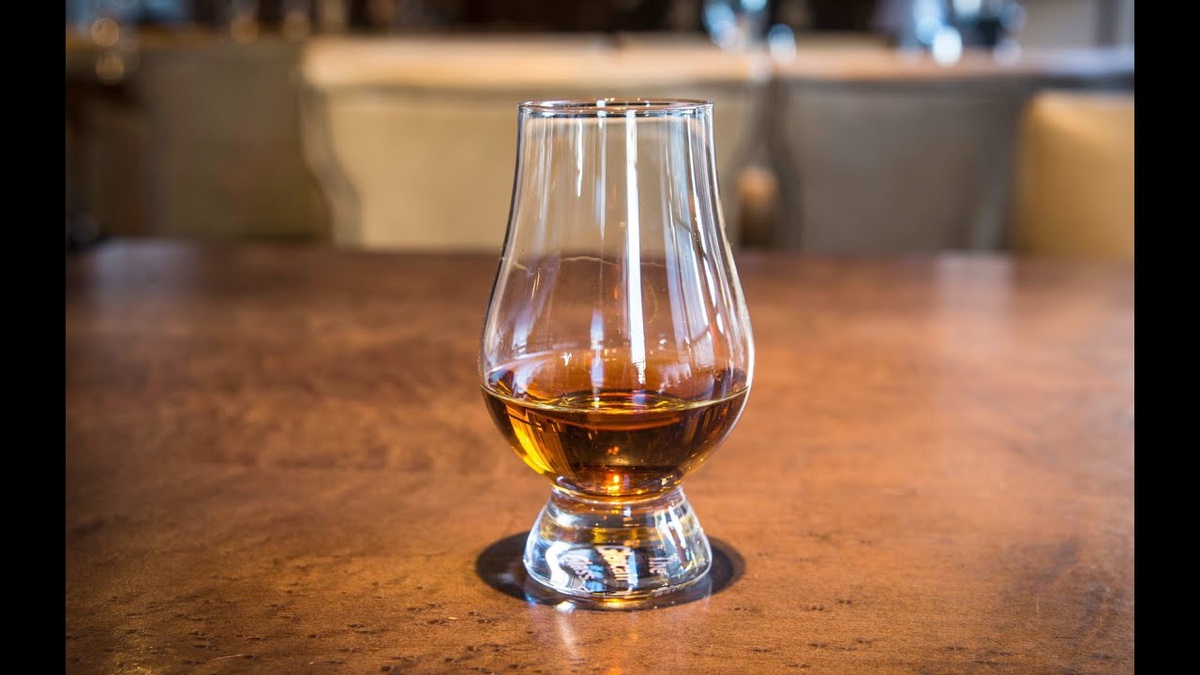Whisky, often referred to as the "water of life," is a complex and aromatic spirit that undergoes a meticulous distillation process to transform grains into a fine elixir enjoyed by many around the world. The art of whisky distillation involves careful attention to detail, a blend of tradition and innovation, and a deep understanding of chemistry. Here's an overview of the whisky distillation process:
- Milling and Mashing: The process begins with selecting a mixture of grains, such as barley, corn, rye, or wheat. These grains are ground into a coarse powder, a step known as milling. The resulting grist is then mixed with hot water in a large vessel called a mash tun. This mixture extracts sugars and enzymes from the grains, creating a sugary liquid known as wort.
- Fermentation: The wort is transferred to fermentation vessels, typically made of wood or stainless steel. Yeast is added to the wort, initiating the fermentation process. Yeast converts the sugars in the wort into alcohol, producing a liquid called "wash" or "mash beer." This wash has a relatively low alcohol content and a unique array of flavors and aromas derived from the grains used.
- Distillation: The wash is then subjected to the distillation process, which involves heating the liquid to separate alcohol from other components based on their boiling points. Distillation typically takes place in pot stills or column stills, each contributing to the final character of the whisky. In a pot still, the wash is heated, and the alcohol vapor rises, condenses, and is collected. The process is repeated in multiple distillation runs (usually two or three) to increase the alcohol concentration and refine the flavors.
- Cutting the Heads, Hearts, and Tails: During distillation, the alcohol vapor consists of three parts: the "heads," which contain undesirable compounds; the "hearts," which contain the desired whisky spirit; and the "tails," which also contain unwanted elements. The distiller carefully separates these components to ensure that only the finest spirits are collected. The hearts, with the most desirable flavors and aromas, become the base of the whisky.
- Maturation: The distilled spirit, now known as "new-make" spirit, is transferred to oak barrels for maturation. These barrels, often charred on the inside, allow the spirit to interact with the wood, gaining color, flavor, and complexity over time. The whisky matures for years, sometimes decades, in cool, dark warehouses. During this period, it undergoes chemical reactions that transform its taste, texture, and aromatic profile.
- Blending (Optional): Some distilleries opt to blend different barrels of whisky to achieve a consistent flavor profile and quality across batches. Master blenders carefully select and combine aged whiskies to achieve the desired balance of flavors, creating a harmonious final product.
- Bottling: Once the whisky has matured to the desired level, it is removed from the barrels, filtered, and often diluted with water to achieve the desired alcohol by volume (ABV). The final product is then bottled, sealed, and labeled for distribution.
The process of whisky distillation is a harmonious blend of science, artistry, and tradition. Each distillery's methods, equipment, and choice of grains contribute to the unique character of their whisky. From the careful selection of ingredients to the patient maturation process, whisky distillation encapsulates the essence of craftsmanship and dedication that whisky enthusiasts worldwide cherish with each sip.


No comments yet